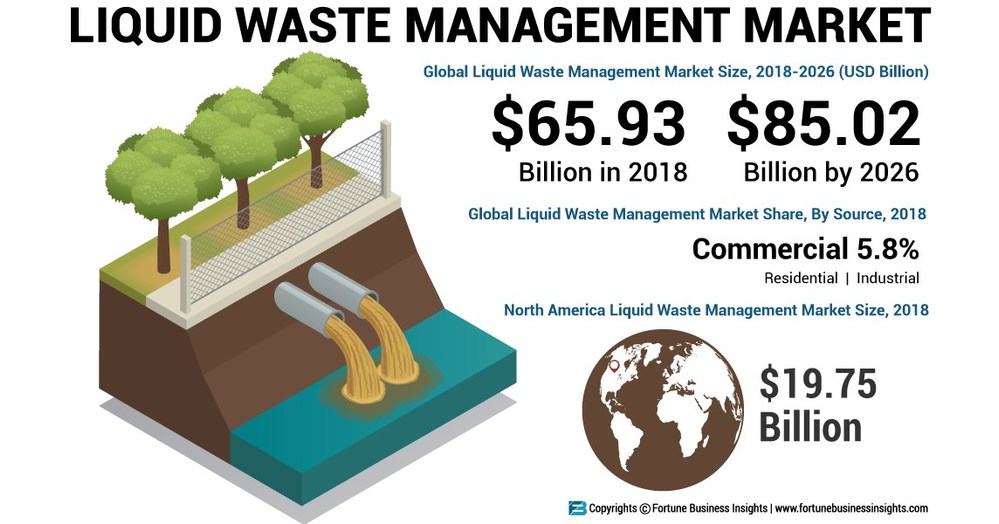Not known Incorrect Statements About Reclaim Waste
Table of ContentsReclaim Waste Can Be Fun For EveryoneNot known Incorrect Statements About Reclaim Waste The Single Strategy To Use For Reclaim WasteWhat Does Reclaim Waste Mean?5 Easy Facts About Reclaim Waste Shown
Domestic sewer waste refers to the waste and products from a property septic tank. The correct management and disposal of residential sewage waste call for liquid waste to be moved to a sewage therapy plant where the correct techniques and devices are applied to cleanse and dispose of waste.
Industrial waste commonly includes possible risks, such as combustible products or a mix of fluid and strong waste products, and calls for an advanced and detailed disposal process. The disposal of industrial waste commonly includes the purification of waste prior to transport to ensure risk-free and appropriate disposal. Hazardous waste is developed from byproducts and runoff of commercial procedures and manufacturing.
This sort of waste can not use the same sewage administration transport or procedures as septic or industrial fluids. The industrial waste administration procedure needs the examination and screening of fluid waste before it goes through the disposal procedure (industrial wastewater treatment). Drainage waste is the fluid waste that originates from drainage and excess stormwater in extremely inhabited areas or cities
Overflow waste can trigger contamination and flooding if not handled correctly. Discover more about sewer cleansing and waste monitoring. Making certain correct waste monitoring can protect against calamities and minimize environmental harm. Both people in household setups and experts in commercial or manufacturing sectors can benefit from understanding the procedures and guidelines of fluid waste monitoring.
Some Known Incorrect Statements About Reclaim Waste
Call PROS Services today to find out concerning our waste administration and disposal solutions and the correct ways to take care of the liquid waste you produce.
(https://medium.com/@leonaube33101/about)This so-called 'wastewater' is not just a crucial resource but, after treatment, will certainly be released to our land, waterways or the ocean. Used water from commodes, showers, baths, kitchen sinks, washings and industrial processes is recognized as wastewater.

water used to cool equipment or clean plant and equipment). Stormwater, a kind of wastewater, is overflow that flows from agricultural and urban areas such as roofs, parks, yards, roadways, paths and gutters right into stormwater drains, after rainfall. Stormwater flows untreated straight to regional creeks or rivers, eventually getting to the sea.
See This Report about Reclaim Waste
In Queensland, the majority of wastewater is dealt with at sewer therapy plants. Wastewater is transported from residential or commercial sites through a system of sewers and pump terminals, recognized as sewage reticulation, to a sewage treatment plant.
The Department of Natural Resources advises local governments about managing, operating and preserving sewerage systems and treatment plants. In unsewered areas, city governments might require homeowners to mount individual or family sewer therapy systems to treat residential wastewater from bathrooms, cooking areas, washrooms and laundries. The Department of Natural Resources authorizes the use of household systems when they are confirmed to be efficient.
Many stormwater receives no therapy. In some new neighborhoods, treatment of some stormwater to get rid of clutter, sand and crushed rock has actually begun using gross pollutant catches. Wastewater treatment takes place in 4 phases: Gets rid of strong issue. Larger solids, such as plastics and other items mistakenly released to drains, are removed when wastewater is passed through displays.
Wastewater then streams right into huge storage tanks where solids settle and are gotten rid of as sludge. Oil and residue are skimmed from the surface area. Uses little living organisms called micro-organisms to damage down and eliminate remaining dissolved wastes and great fragments. Micro-organisms and wastes are integrated in the sludge. Removes nitrogen and phosphorus nutrients that might cause algal flowers in our rivers and endanger marine life.
The 6-Minute Rule for Reclaim Waste
Nutrient removal is not offered at all sewage therapy plants due to the fact that it requires costly specialised equipment. It is ending up being much more common in Queensland. Clear fluid effluent created after therapy might still contain disease-causing micro-organisms. If this effluent is launched into rivers such as rivers or the sea, the micro-organisms will eventually pass away out.

Most wastewater streams into the sewage system. Under the Act, local governments provide authorizations and licences for ecologically relevant activities (Ages) involving wastewater releases that might have a regional impact.
Not known Incorrect Statements About Reclaim Waste
Otherwise, samples are considered research laboratory analysis. Commonly several tests are needed to establish the degrees of each of the various toxins such as oils, hefty steels and pesticides in water. Monitoring offers accurate info concerning water high quality and can validate that permit problems are being fulfilled. The information obtained through monitoring offers the basis for making water high quality choices.